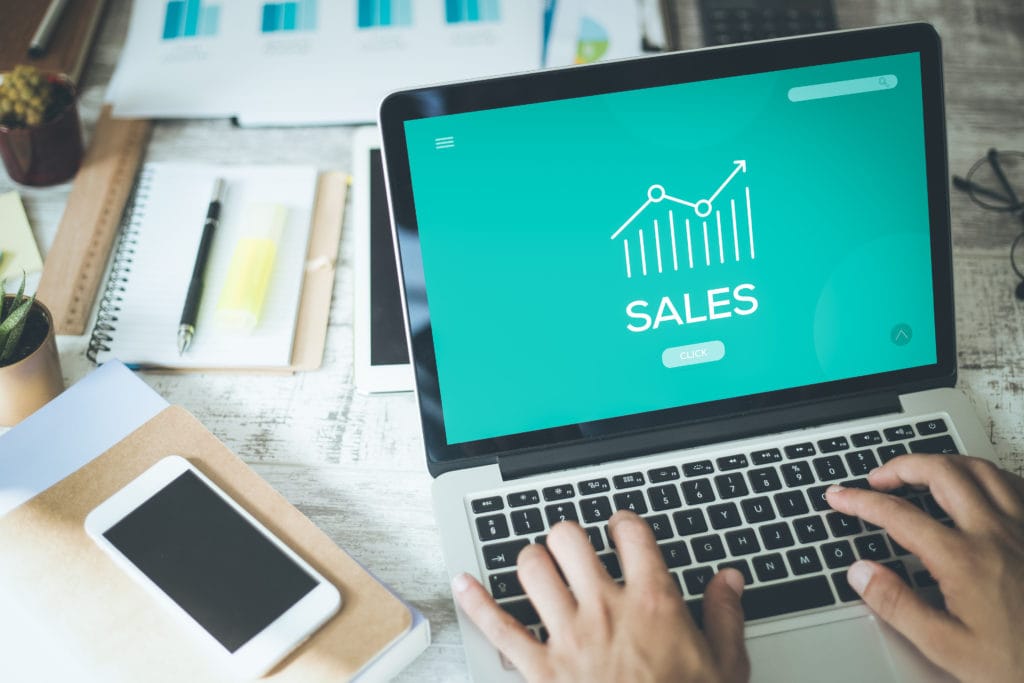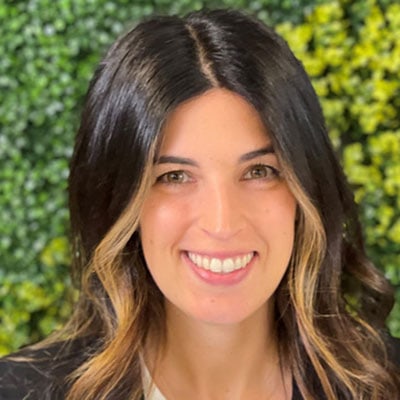For medtech and B2B companies, lead generation is important. But, the number of leads you generate doesn’t contribute directly to the bottom line.
In order to create ROI for marketing and sales, the leads you generate must convert to closed sales and paying customers.

Common reasons why qualified leads fail to convert
A number of factors influence how easily your leads advance in the sales process. These include who you’re working with at the organization, the requirements to purchase your product or service and of course, pricing.
Many B2B and medtech organizations have complex sales cycles that involve numerous individuals, custom requirements, technical implementations and cumbersome legal contracts. These can all impact the lead conversion process.
Rapport is another essential element. Companies buy from other companies, but it’s the relationships and trust between individuals that make these sales possible. Having sales reps that understand the power of human connection helps you engage prospects authentically and shorten your sales cycle.
Market insights also come into play. The more you understand your target audience—their challenges, needs and industry—the better you can relate to their pain points with your solution.
Six best practices to maximize your lead conversion rates
Paying attention to your qualified leads and making sure they get enough engagement is by far the most important thing you can do to increase your lead conversion rates. It’s not enough for marketing or the business development team to generate a qualified lead and hand it off to the sales team. Top-performing medtech and B2B companies have strong processes, open communication and accountability measurements to make sure every qualified lead gets timely and appropriate attention.
To maximize the potential of all your qualified leads, follow these six steps. You’ll achieve stronger lead conversion rates and find more closed deals at the end of your medtech or B2B sales pipeline.
1. Score all leads
In an ideal world, every single lead you generate would be sales-ready and a perfect match for your products or services. Unfortunately, a fair number of inquiries through your website, at events and even in purchased lists will not work out. Some won’t have the budget or need for your solution; others will have great potential, but have a longer lead time before they’re ready to buy.
This is where lead qualification, otherwise known as lead scoring, comes in. During an initial phone conversation, make sure your business development representatives ask the right questions of the prospect. These should be tailored to your company, and easy to answer and track. A lead scoring system then uses this information to prioritize next steps and use both your sales team’s and the prospect’s time wisely.
2. Identify decision-makers
There’s much you can learn from talking to influencers, users, champions and other secondary sources at a healthcare or B2B company. But, in order for a qualified lead to advance, you must ultimately engage the decision-maker. Once you’ve generated interest with an organization, keep your outbound callers focused on determining the names, titles and roles of everyone involved in the ultimate sale. Then, create a strategy for those individuals most critical to the purchase decision.
3. Emphasize benefits
There’s an old sales adage that says “features tell and benefits sell.” To convert more leads, make sure you’re showcasing the advantages of making a change. During the outreach process, clearly outline how your prospective customer will benefit from your product or service. This is especially important in technology and equipment sales, where your target audience needs to disrupt their “status quo” with a new way of doing business.
Use the data you capture in your lead scoring and qualification conversations here. As your business development reps identify a company’s unique pain points, you can tailor the next engagement to speak directly to those needs.
4. Define next steps
While it’s true that your potential healthcare or B2B buyer will set the pace for the sales cycle, never
leave things up in the air with the prospect. At the end of each engagement, make sure you’ve agreed to the next step. This is critical for telephone outreach, and even helpful in your content marketing and email campaigns.
Having direction gives both your sales team and your prospect a clear timeframe and action for follow-up. Effective next steps can include: invitations to webinars and events, product demonstrations, Q&A sessions and meetings with additional individuals on the buying committee. Avoid random calls to “check in.”
5. Be persistent
It’s human nature to concentrate on the sales leads and opportunities with the highest dollar amounts and the shortest time to close. After all, these are lucrative and easy! The bulk of medtech and B2B leads generated will fail to convert if the sales team only follows this formula. To convert more leads, you need to be persistent.
Unfortunately, industry studies show most sales professionals give up after just three outbound call attempts, when typically, six or more are necessary to engage and convert a qualified lead. Train and incent your inside sales team to keep up the outreach. Apply measurements in your sales database to track performance. And, use multiple outreach methods, including telephone and email.
6. Develop a lead nurturing strategy
Often, a qualified lead has all the criteria to be an ideal customer. But, they’re not ready to purchase right away. This is where lead nurturing adds value. To keep your B2B or medtech company top of mind, you need an ongoing program that connects, educates and values your potential customer.
Various tactics work here, such as sending relevant and personalized emails, inviting prospects to educational webinars, sharing thought leadership articles and making periodic telephone calls. It’s all about maintaining a helpful relationship.
Another way to increase lead conversion rates is to employ an outsourced inside sales team like Volkart May. Our professional callers excel at qualifying inquiries, nurturing leads and helping B2B and medtech companies convert more qualified leads to sales. Learn more about our capabilities.



